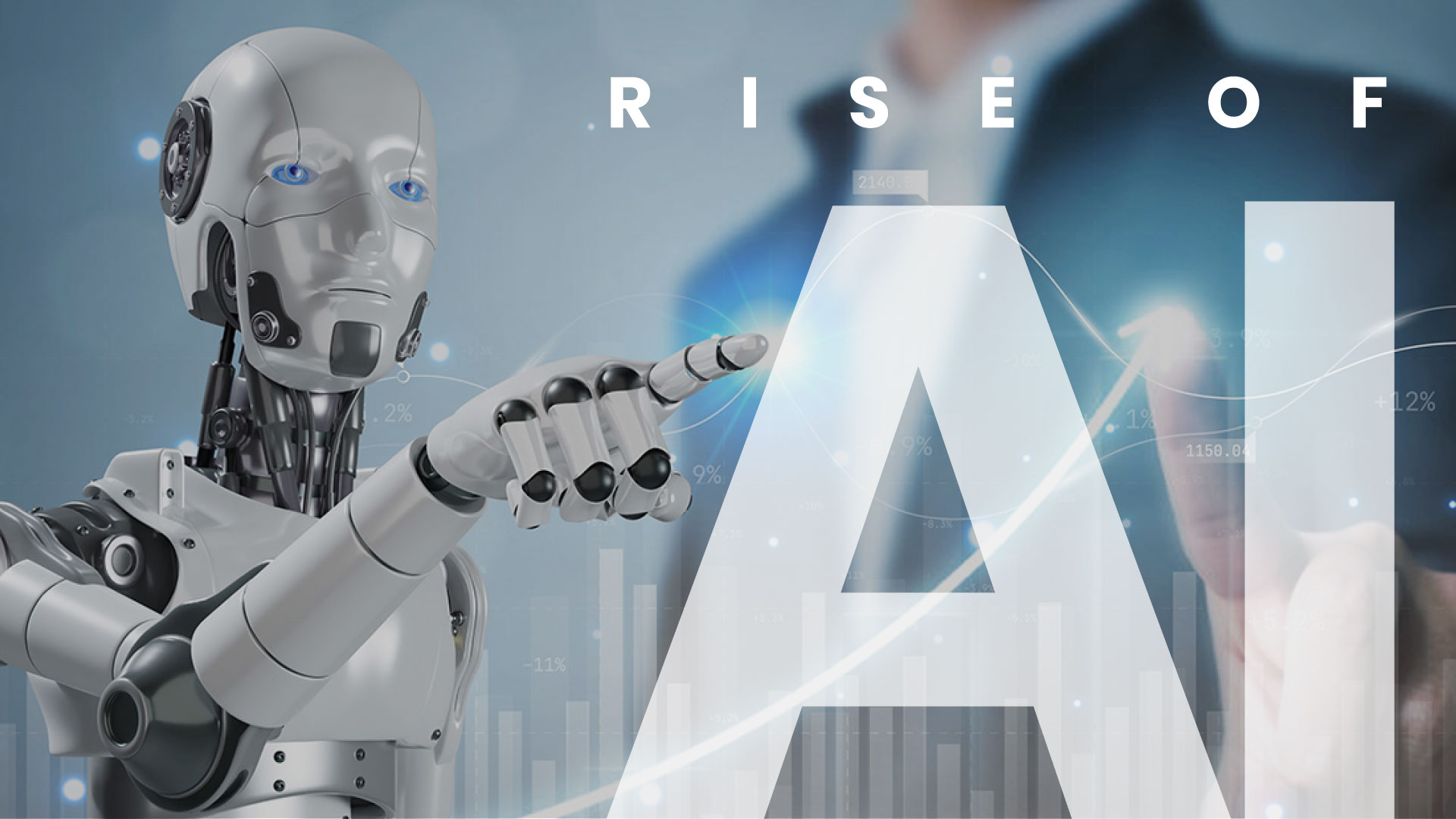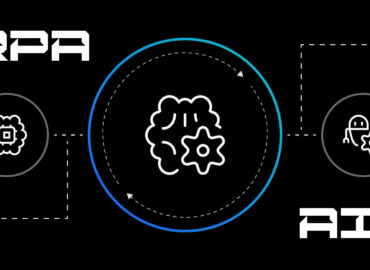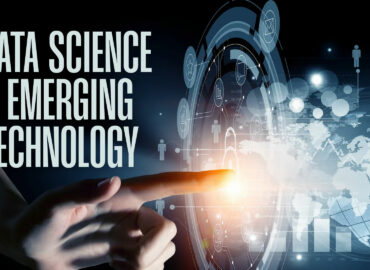The Rise of Edge Computing in the Age of Artificial Intelligence
Introduction
Edge computing combines artificial intelligence and edge computing to enable advanced computing functions on the local Internet of Things (IoT). In other words, edge AI is introduced in place of cloud infrastructure to provide real-time and fast-paced data processing. In the last decades, the IT sector has developed profusely and edge computing has been on the rise ever since. Modifications and experiments are conducted to provide efficient service and immediate data transfer. With AI-deployed models, machine learning will be associated with deep neural networks (DNN), which will make data processing secure and faster without latency. Grand View Research reports that by the year 2023, global edge AI will increase by USD 66.47 million. This is because of the multiple benefits it provides and its adaptability in every industry.
Below is a brief discussion on the function, services, and benefits of edge computing in the age of AI and how it will shape the future of technology.
How does it work?
Edge AI incorporates computing and artificial intelligence to perform tasks in semblance with human intelligence. To achieve this, models are trained by deep learning and neural networks to recognize and execute different tasks. What makes edge computing different is cloud connectivity and deployment on hardware. This requires edge interference, which enables data transfer without depending on cloud services, making it closer to the data resource. If an error occurs, then problematic data is uploaded to the cloud, creating a feedback loop. The embedded AI accelerator boosts the response and bandwidth to analyze data.
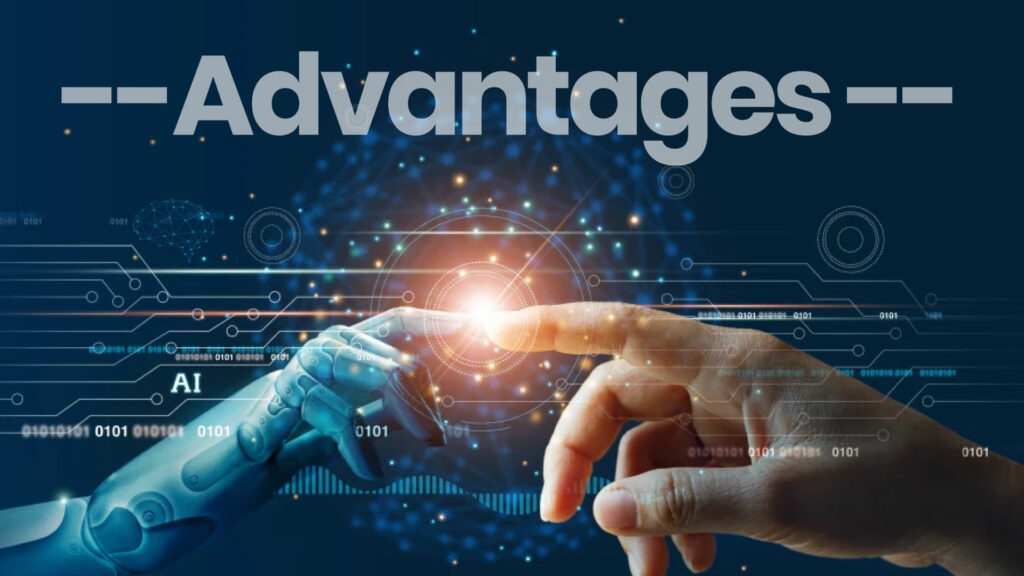
Advantages
Edge computing, in collaboration with AI, has opened new doors for businesses. The most notable advantage is data processing on local edge devices without dependence on cloud servers. This leads to on-time processing and mitigates data loss. Some of these advantages are as follows:
1. Latency
With edge computing, data is dealt with on-device without any need for a distant server. This travel route of data diminishes delays, making the process smooth and fast.
2. Bandwidth
Edge computing enables data transfer while utilizing less bandwidth. In this way, data connectivity is strengthened and large amounts of data can be transmitted.
3. Privacy
Since the data is locally processed, there is no other network server involved. This decreases the chances of cyberattacks and makes the transfer safe and secure. Decentralization reduces the risk of data loss and regulates it more safely.
4. Cost-effectiveness
Between a cloud computer network and edge AI, the latter is more scalable and convenient for users. It reduces the additional cost of CPU, GPU, and memory drives, distributing the workload on edge devices. Moreover, it reduces the data traffic without constant back-and-forth transfers, which increases the responsiveness of the system.
Application of Edge AI
Edge computing AI is the most practicable technology in various industries. Naturally, every sector is substituting its services for edge computing for better and more effective solutions. Common examples of edge AI are mobile phones, smart watches, automated vehicles, etc. Some of these industries are as follows:
1. Healthcare
Edge AI has revolutionized health systems, making them more precise and accurate. Accessible gadgets like health monitors to detect heartbeat, pulse, blood pressure, glucose level, and breathing will perfectly evaluate a patient’s condition. Paramedic staff will be able to provide better assistance in cases of emergency and a more precise decision about treatment could be made.
2. Manufacturing
Manufacturers and builders can also benefit from the acute sensory assessment of edge AI. It will proactively monitor oddities and suggest improvements. Moreover, additional services like supply chain analysis, construction optimization, quality check-ups, and worker safety will be ensured through this technology.
3. Security
Edge AI can precisely analyze security breaches through its rapid detection and data processing. It provides real-time insight to scan any suspicious activity with perfected sensing capabilities.
4. Commerce
The Internet boom has transformed the nature of businesses and retailing. In particular, customer service is greatly improved by introducing a smart shopping experience. Businesses also incorporate AI to better understand their customers and product services. It relieved both parties from the in-store hassle and provided a more innovative experience.
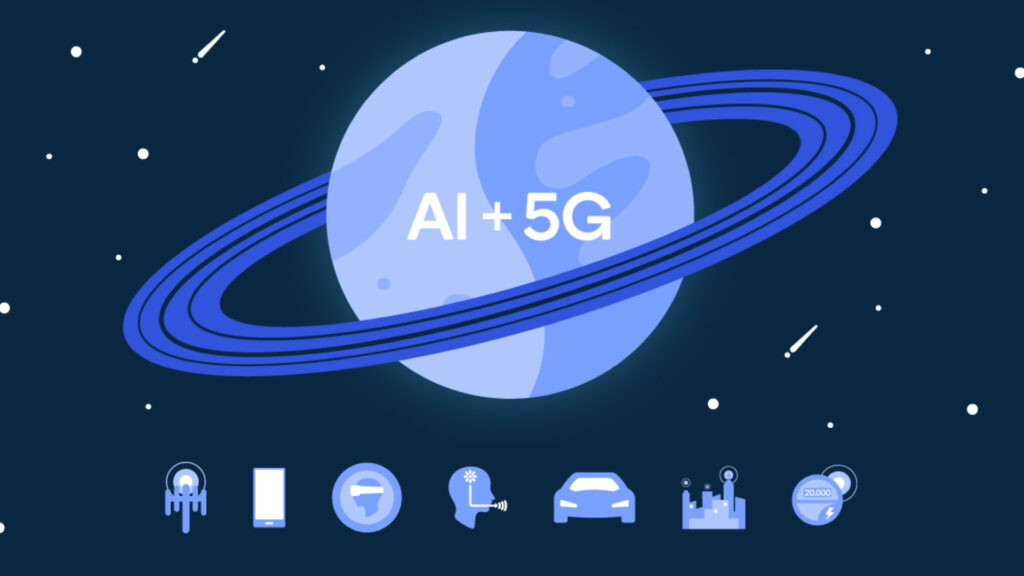
Conclusion
The above discussion has made it clear that the future is centered around cutting-edge AI. Recent developments, like the proliferation of IoT devices, 5G communication networks, computational evolution, etc., have improved data assessment across fields. The swift analysis and on-time response have increased turnover for various businesses. Moreover, it has also increased security and precision, which makes it more practical and reliable. Edge computing AI is only the start and in the coming years, more advanced technology is expected to come.


